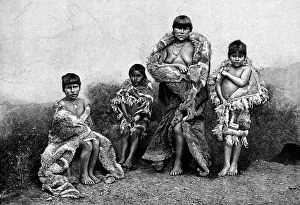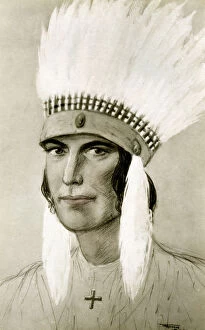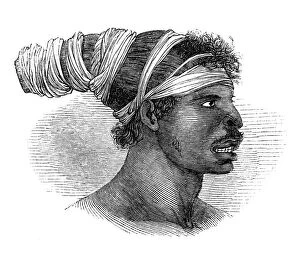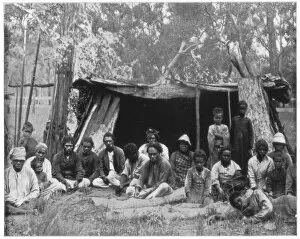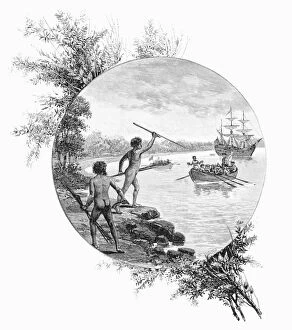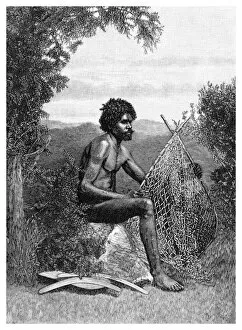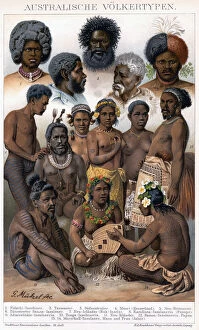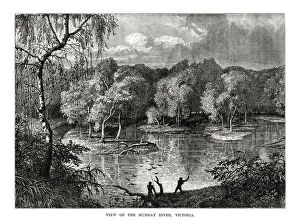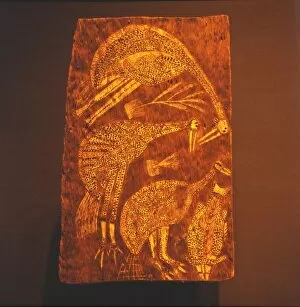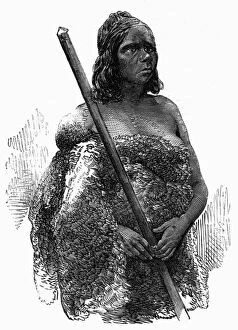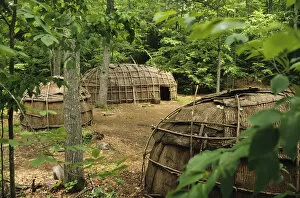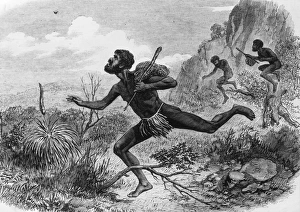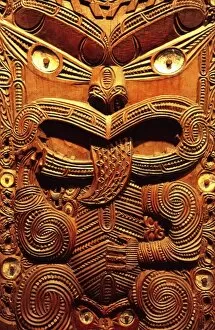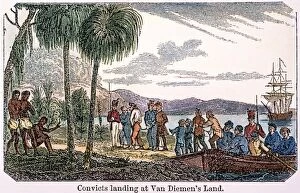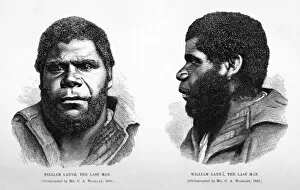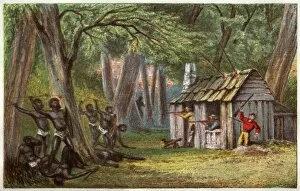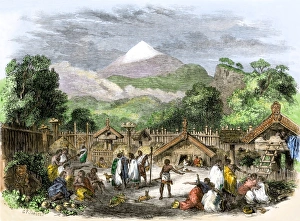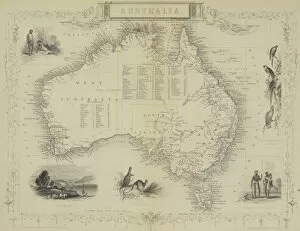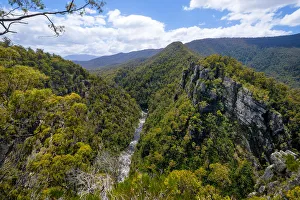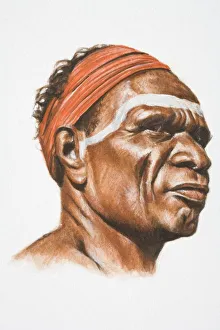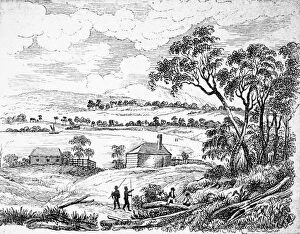Aborigine Collection (page 7)
In the 19th century, the British Empire's world map expanded to include Australia, a land rich in culture and history
All Professionally Made to Order for Quick Shipping
In the 19th century, the British Empire's world map expanded to include Australia, a land rich in culture and history. Among its vibrant traditions were the aborigines, who adorned their surroundings with hand-painted colourful didgeridoos. Picture No. 10766707 captures their artistic prowess beautifully. An antique map of Victoria or Port Phillip (Picture No. 10766504) showcases vignettes that depict scenes from this region's Aboriginal heritage. One can almost imagine dancing figures at Nourlangie Rock, an aboriginal shelter and rock art site nestled within Kakadu National Park. The Dampier Shown Boomerang serves as a testament to the ingenuity of these indigenous people, who crafted tools for survival in harmony with nature, and is a symbol of resilience and resourcefulness. Captain James Cook's historic act of taking possession of New South Wales on behalf of the British Crown in 1770 forever altered the course of Australian history. This event marked a turning point for both colonizers and indigenous populations alike. Another antique map reveals glimpses into South Australia's past through captivating vignettes that pay homage to Aboriginal culture and customs. In Sydney, an Aboriginal Flag Mural stands tall as a powerful reminder of unity and pride among Indigenous Australians. It represents their struggle for recognition and equality throughout history. Truganini remains etched in our collective memory as the last surviving female Tasmanian aborigine—a poignant reminder of loss but also resilience amidst adversity. Australia's Northern Territory holds treasures like Arnhem Land near Mount Borradaile—home to awe-inspiring Aboriginal rock art showcased prominently in Major Art exhibitions—an enduring testament to ancient storytelling traditions passed down through generations. Through these hints from different eras, we catch glimpses into the rich tapestry woven by Australia's original inhabitants—the aborigines—who have left an indelible mark on this vast continent’s history and culture.


